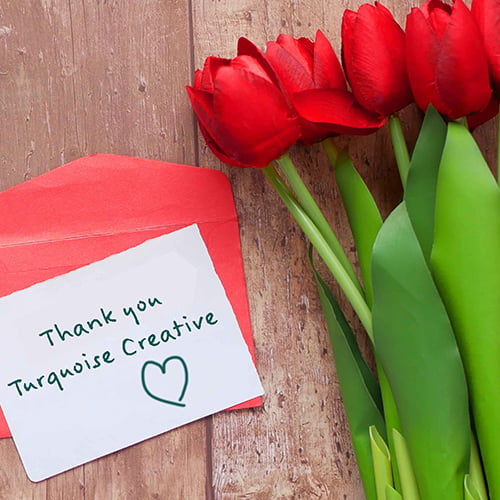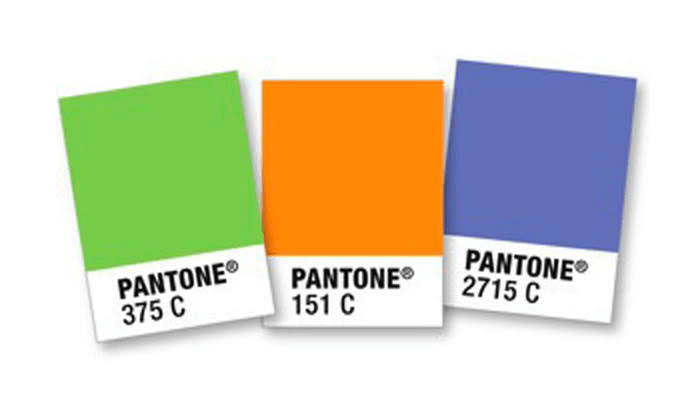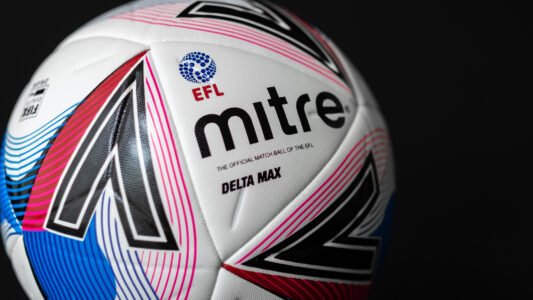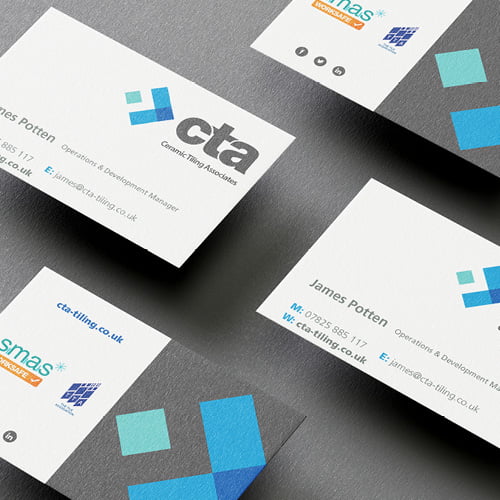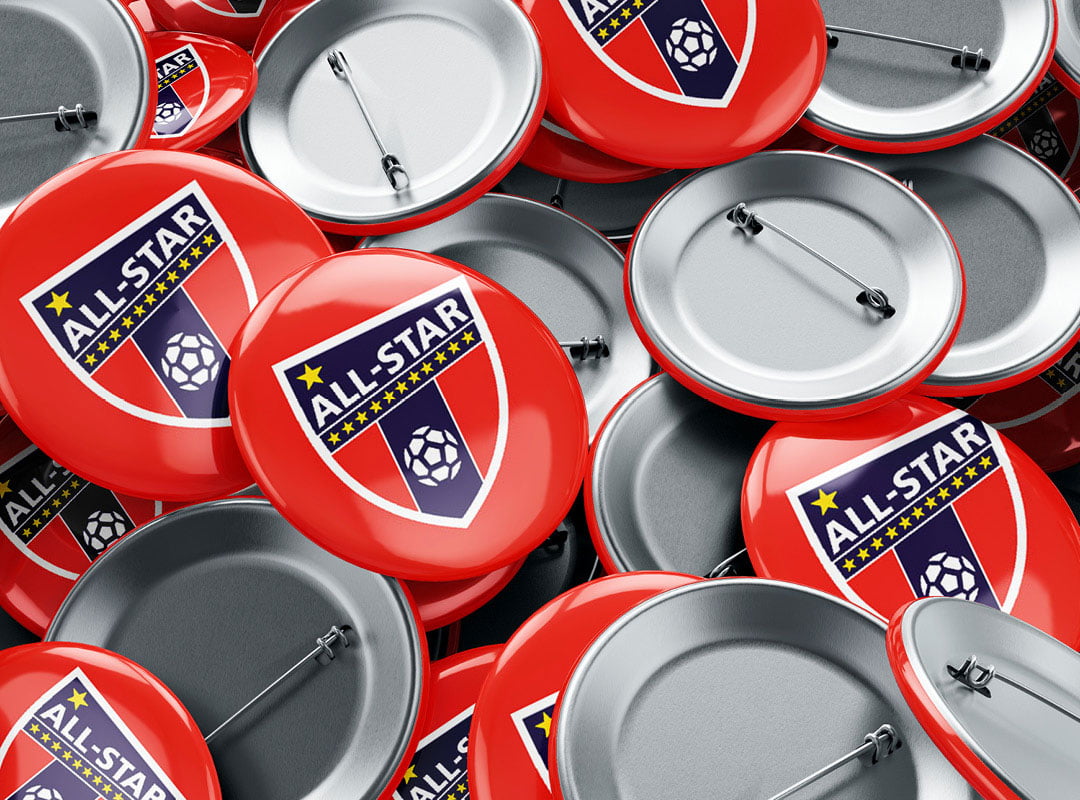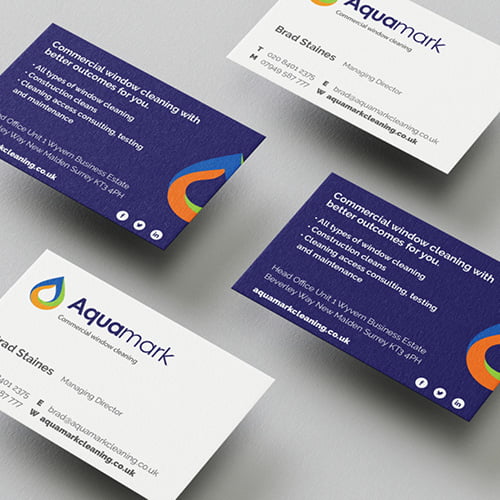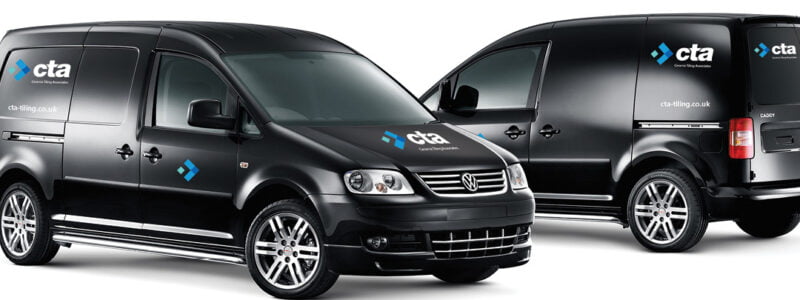How can Brand Guidelines help your business?
What are Brand Guidelines?
Brand Guidelines are a set of rules that explain how your brand works. You may have heard brand guidelines also referred to as brand standards, style guides or a brand book.
These guidelines typically include basic information such as:
- An overview of your brand’s history, vision and personality
- Brand identity guidelines include brand colours, brand typefaces and brand application.

Every brand, from the smallest business or startup to corporate giants such as Adidas or Apple, needs a set of brand guidelines and rules to maintain its brand identity.
Brand guidelines can be a couple of pages, or a few hundred. It is the thread that holds together what the client/customer sees from a company.
What is a Brand Book?
A Brand Book establishes the personality and visual elements of your company. It governs every aspect of communication from the company.
The Brand Book includes everything from the design of an identity or logo and how it must be used, to stationery design, marketing literature and the look of your website.
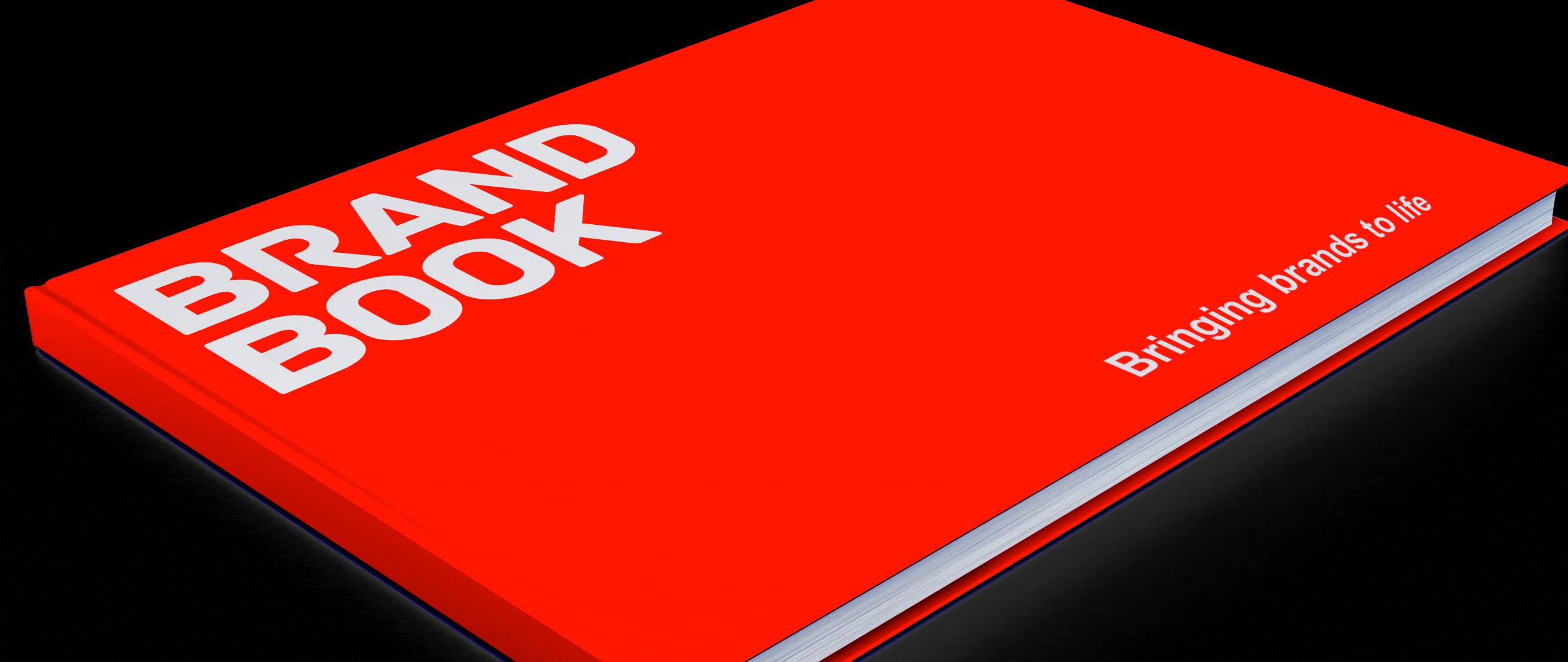
The Brand Book is the basis of all communications on behalf of your company, including social media, advertising and graphic design. It is a document that establishes guidelines on how all aspects of your company’s brand will be handled. It establishes rules for creating a unified and identifiable presence for your brand or business.
The Brand Book helps staff correctly use and communicate the brand message. It outlines brand rules and company philosophy. It also answers key questions such as: What is the correct use of the identity or logo? What images are associated with the brand and products? What are the brand colours and colour breakdowns?
A Brand Book outlines all the basic design tools that are needed to create all company communications.
Identity / Logo
Once your logo has been designed, it is vital to maintain its integrity across all media platforms. This includes how the logo is to be used, from placement to sizing.
Our Extreme Brand Guidelines do a great job in defining exactly how the logo can be used, outlining placement, size and surrounding white space. Remember, your logo is the one thing clients have to identify your brand. Make sure you maintain consistent use of that image.
Typography
There should be a defined style for every bit of type used by your brand, in print and digital applications. Typography rules must be clear and distinct.
Select a few typefaces that will be used in design projects. This may include one set of rules for print projects and another for digital applications. But make sure the typefaces have some common links. For example, many web designers prefer sans serif typefaces for body text whereas you may prefer a serif style for print. Find a commonality between the two. Consider a headline or ‘big type’ style that you can use for both types of design projects.
Most brands use one of two primary typefaces. Then select a complimentary typeface and substitute typefaces. Ideally, the brand should include no more than five typefaces and their usage.
Colour
A defined colour palette is one of the most important aspects of the brand book.
For example, consider the Golden Arches of McDonald’s. Would you clearly recognise McDonald’s if the giant M was another colour? The Brand Book should outline each colour and how it should be used. The brand book must clearly define each colour by name and value. Give each colour values: (CMYK for print) and (RGB, HEX for digital projects). Also, specify Pantone colours for each of your primary brand colours.
Imagery
Guidelines for images are more than just whether you will rely on photography or illustrations or other types of graphics.
The Brand Book should explain how images will be sourced, edited in Photoshop and applied. Image guidelines should also define when and how certain types of images are used. Will the brand use photography or illustrations or a combination of both? Is clip art acceptable? How will images be edited? Will they be reproduced in duotone, full colour or black and white? All of these questions should be answered within the imagery guidelines.
Brand Book Checklist
Here’s a list of areas your Brand Book should cover:
1. Overview of the brand, including history, vision and personality
2. Identity / Logo specifications
3. Typography
4. Colour palette, primary and secondary colours
5. Imagery specifications, including photographic style
6. Letterhead and business card design examples
7. Design layouts and grids
8. Printed brochure guidelines
9. Signage and outdoor advertising
10. Social media guidelines
11. Visual applications
Brand Guidelines Conclusion
In the creation of your Brand Book, think of how it will be used. Your Brand Book is a guide to how your business should be portrayed to your clients and customers.
Keep the guidelines direct and simple, but also think about how restricting they can be. Guidelines that are too strict can limit the creativity of designers. Guidelines that are too loose may result in multiple or disjointed brand identities.
Use your brand book as a starting point and establish a culture around it that allows designers room for creative thought, while maintaining the aura of the brand in a variety of projects.
Remember the ultimate goal of the Brand Book is to create a distinct and unified presence for your brand.
If you would like to create a set of Brand Guidelines, please contact Steve Oakes on 01293 886805 or 07813 339789 or email us.










